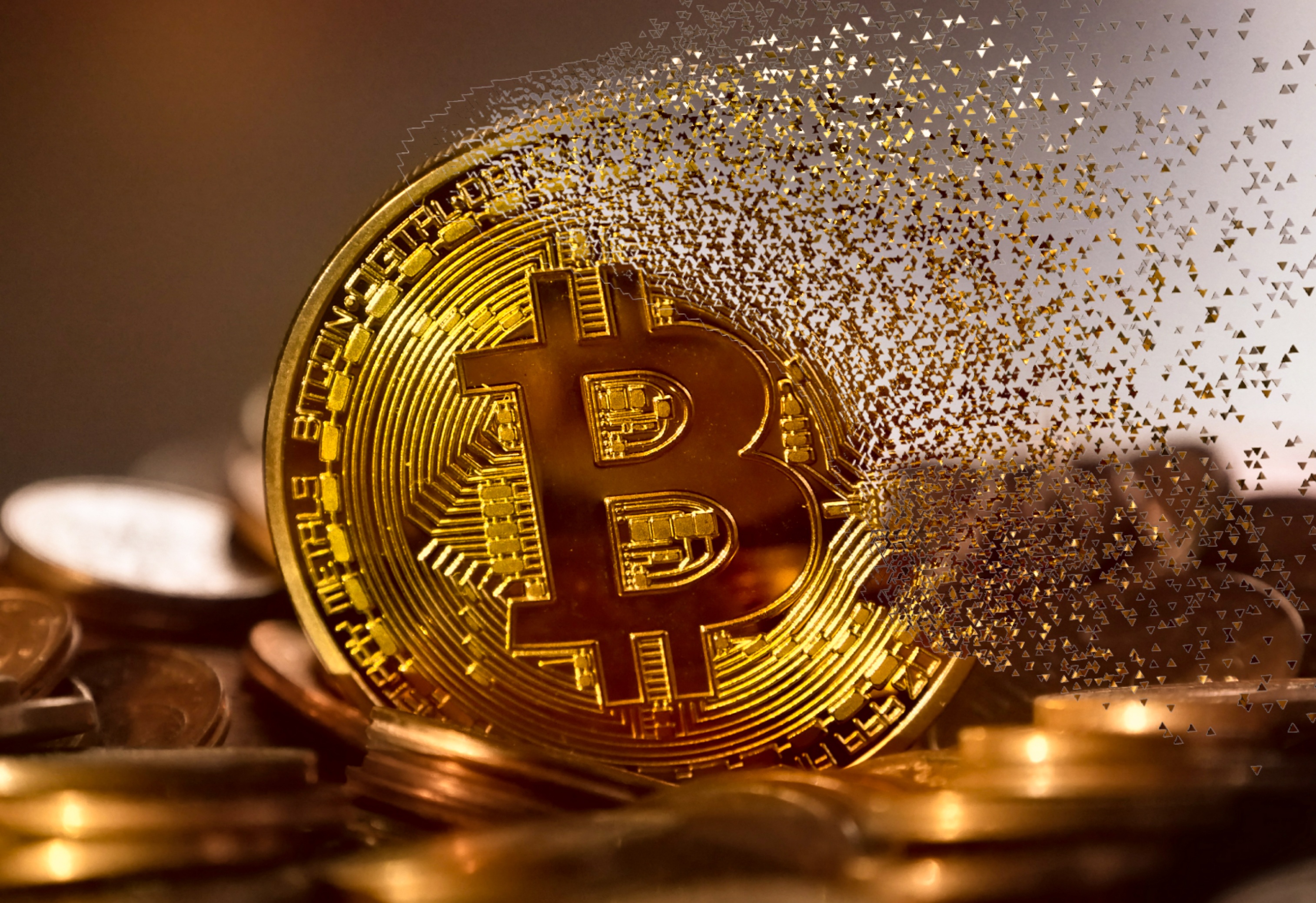Money_Finance
What is a BitCoin?

What exactly is a Bitcoin?
If we could choose a word that defined the tech world and the economy the last year, many would agree it is Bitcoin.
The cryptocurrency world was on the underground economic scene for many years, but with the incredible rise of the price of all the crypto coins, especially Bitcoin, common people, and economic specialists are taking the cryptocurrencies more seriously, and investing in them.
But even though it’s a topic everyone seems to know or talked about, not many people know in details what exactly is a Bitcoin. We are here to explain all you want to know about a Bitcoin without you getting too confused and without gliding in technical terms.
First, some context
2008 was the year. Global financial crisis. Market collapse. Banks closing and worse of all: people losing their jobs.
The public was skeptical of the financial system, and in that context, Occupy Wall Street emerged. It was a civic movement that accused banks of wrongfully using their clients’ money and rigging the system.
No wonder why a group of unknown software developers behind the name of Satoshi Nakamoto, proposed bitcoin in 2008. It was intended to serve as an electronic payment system based on a series of algorithms. The main idea was to make a coin that was completely independent of central banks (or in a bit more technical terms, a decentralized system), a currency that eliminated the middleman, interest fees and could be transferred in a safe way via web.
So, what is Bitcoin?
In simple terms is a virtual currency. You can make transactions and you keep them on a virtual wallet, which serves as your account. In those terms, it’s just another currency without the cash.
But when you get in detail, you can tell the difference. A regular currency is supported by its country international reserves, and Bitcoin doesn’t have those. It works with sheer confidence. Also, as it is completely online it needs to have much more detailed security protocols.
When you buy bitcoins, you receive a “signature” which is a security code encrypted with a combination of 16 characters that your smartphone or computer decodes. It works with a peer-to-peer network, which means it’s a network without a fixated server; rather, each computer is connected as a peer. It’s the same network system Skype uses for videoconferences and Torrent servers use for file sharing.
So, what we refer as Bitcoin can be divided in two: on one side, the currency, and on the other, the safety protocol. The coin is a piece of code that represents you own that part, therefore, you have a determinate amount of bitcoins. On the other hand, there’s the protocol, a network that keeps the balance of coins in the market, as the amount is limited.
What are its properties?
- Irreversibility: After you confirm a transaction you can’t reverse it. There’s simply no way to do so. So if you get scammed, that’s it. This may be seen as one of the negative sides of bitcoins and it happens because there’s not a middle institution that can approve returning the money, if it’s on the network’s balance and an hour has passed, there’s nothing anybody can do.
- Pseudonymity: accounts are not necessarily linked to personal or business identities. You receive or sell bitcoins on addresses, random combination of around 30 characters; therefore, you cannot connect them with the real identity of the user.
- Safety: The funds are locked in a cryptographic system (therefore the crypto-currency name). Only the owner of the key can send to another the cryptocurrency. So, a wallet is safe from hacking.
- Quickness: Transactions are confirmed quickly and your location is indifferent. It does not matter where you and the other person are.
- Decentralization: There are no middlemen or institutions that control bitcoins. It is kept by volunteer coders with an open network of computers all over the world. The integrity of the system is maintained by this open network, that no one owns.
- Limited: Unlike traditional coins that central banks can issue as much as they want, bitcoin supply is controlled by an algorithm. Bitcoins are created by miners, which, in short, are people that use computers to solve an algorithm that produces new bitcoins, but as more bitcoins and produce, it gets harder to solve until it reached the limit of 21 million bitcoins. Therefore, if we apply the law of supply and demand, theoretically if demand grows and supply stays the same, the price will increase.
- Divisibility: As many people know, Bitcoin’s price is quite high, it peaked around 18 thousand dollars, and it’s currently around the 7 thousand mark. Therefore, not many people can acquire one. Its divisibility is important. The smallest unit is a Satoshi, which is 0. 00000001 of a bitcoin, or one hundred millionths of it, somewhat close of a hundredth of a cent. This enables many microtransactions.
